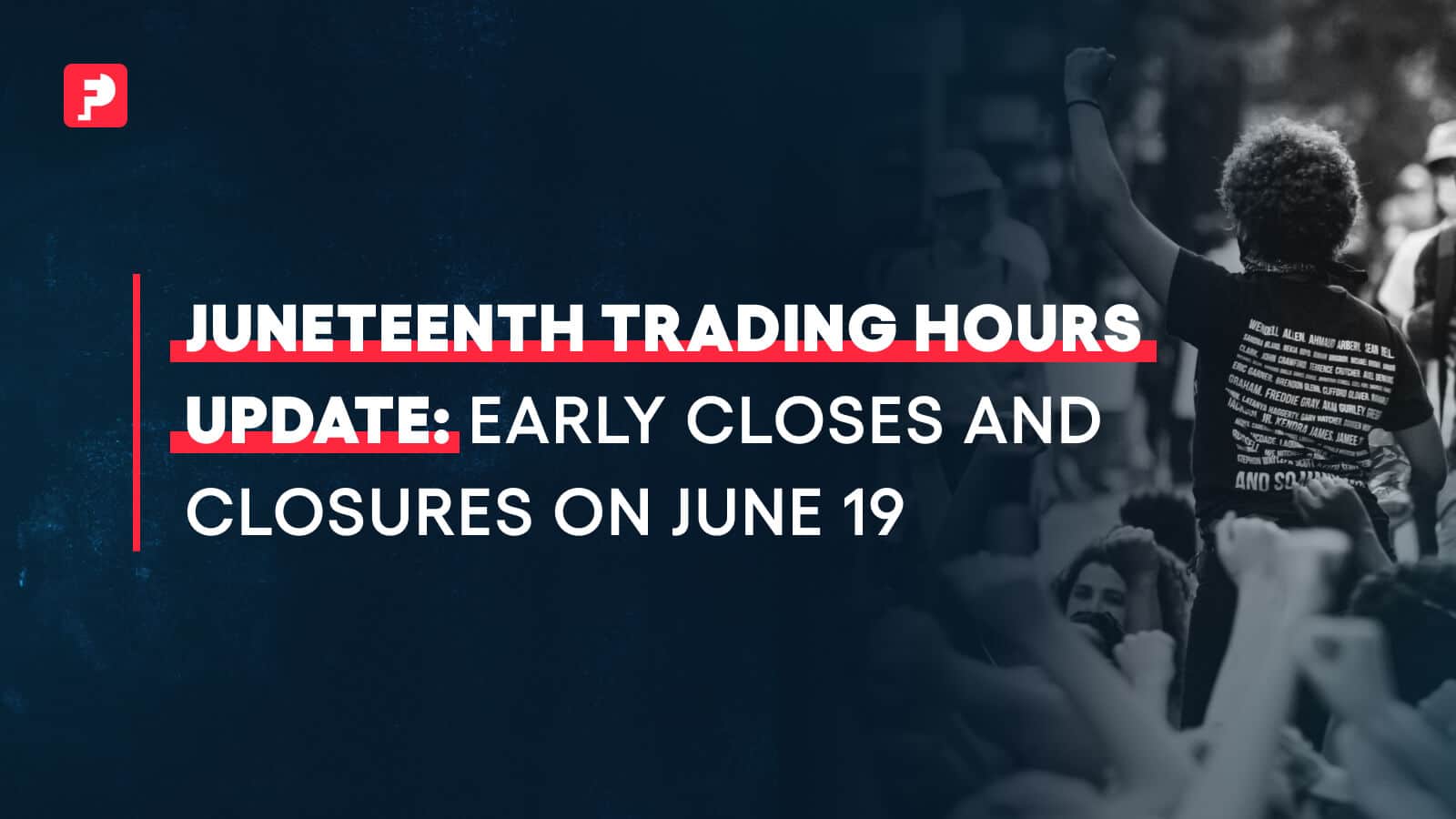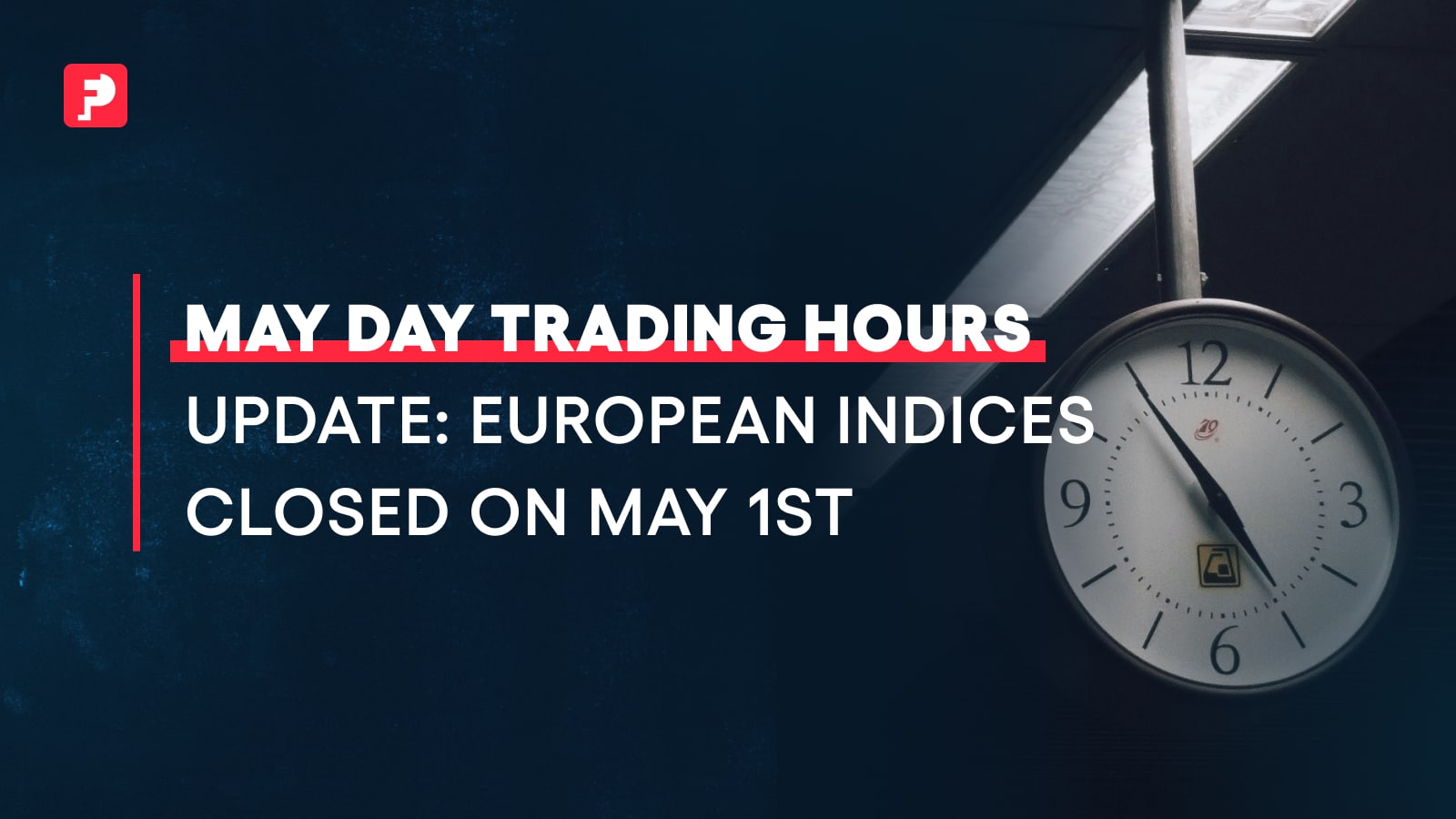
What is Portfolio Diversification and How to Do It Right
Key Takeaways:
- Diversification is a strategy that aims to increase returns while reducing the overall risk
- You can diversify by investing in different assets like indices, currencies, and cryptocurrencies
What Is Portfolio Diversification?
Portfolio diversification is the process of spreading your money around various investments in order to mitigate risk and balance your exposure. While it may sound complex at first, this could be your greatest strength when you set out to trade and invest in the financial markets.
As a matter of fact, once you launch yourself into the markets, you will be overwhelmed by the wide horizons waiting for you.
There are hundreds of assets available for trading, dozens of indices, and a flurry of currencies and cryptocurrencies. And choosing your investments will invariably lead to relying on diversification in order to protect and grow your funds.
To this end, diversifying well will allow you to go into different sectors, asset classes and individual financial products. Together, all of these will make up your diversified portfolio.
Brief History of the Modern Portfolio Theory
“Diversification is both observed and sensible; a rule of behavior which does not imply the superiority of diversification must be rejected both as a hypothesis and as a maxim.” These are the words of the father of the modern portfolio theory, Harry Markowitz.
His paper on diversification called “Portfolio Selection” was published in The Journal of Finance in 1952. The theory, which helped Mr. Markowitz win a Nobel prize in 1990, posits that a rational investor should aim to maximize their returns relative to risk.
The most significant feature from this theory was the discovery that you can reduce volatility without sacrificing returns. In other words, Mr. Markowitz proved that a well-diverse portfolio would still hold volatile assets. But relative to each other, their volatility would be balanced due to the fact they all comprise one portfolio.
Therefore, the volatility of a single asset, Mr. Markowitz argues, is not as significant as the contribution it makes to the volatility of the entire portfolio.
Let’s dive in and see how this works and why it is important.
Why Is Diversification Important?
Diversification is important for any trader and investor because it creates a mix of assets working together to yield high returns. In practice, all your assets will be correlated in regard to the effect they have on your trading results.
However, these same assets out there in the market may or may not be correlated. And the relationship between them will allow you to reduce your overall risk profile.
With this in mind, the total return of your investments will depend on the performance of all assets in your portfolio. Let’s give an example.
An Example of Portfolio Diversification at Work
Say you want to own two different currencies, US dollar and Japanese yen. And to easily track your performance, you invest an equal amount of funds into each one: $500.
While you expect to reap handsome profits from both, the US dollar goes down 5% on disappointing economic news. Your investment is now worth $475, or 5% less.
The yen, on the other hand, rises 10% on a change in the Bank of Japan’s monetary policy. That would propel your investment to a valuation of $550.
So, how does your portfolio look now? In total, your investment of $1000 is now $1,025, or a gain of 2.5% to your capital. You have taken a loss in the US dollar but your profit in the yen has compensated for it.
Further, the more assets you add to your portfolio, the more complex the correlation would be between them. In practice, you could diversify to infinity. But beyond a certain point, however, diversification would be more likely to harm your portfolio, instead of helping you get more returns.
How to Diversify Your Portfolio
The way to diversify your portfolio is to add a variety of different assets and see how they perform relative to one another. A single asset in your portfolio would mean that you rely on it entirely and how it performs will define your investment result.
If you diversify, however, you will have a wider exposure to financial markets and ultimately enjoy more probabilities for winning trades, increased returns, and decreased overall risks.
In more detail, you can optimize your asset choices by going into different asset classes. The most popular of them include:
Indices: a great way to add diversification to your portfolio is to include indices across the board. You can look virtually anywhere: the major US indices are the Dow Jones Industrial Average, the S&P 500, and the Nasdaq Composite. In Europe, investors own Stoxx 600 as a Europe-wide index, but also Germany’s DAX and France’s CAC40 as individual indices.
Index selection is among the most basic and relatively easy tasks in trading and investing. Indices move slowly and volatility is at the low end.
Currencies: the forex market is full of currency pairs floating at certain prices against each other. Trading currencies, for this matter, and having them sit in your portfolio is another way to add diversification to your market exposure.
Cryptocurrencies: a relatively new market, cryptocurrencies are quickly gaining traction. As they become mainstream, many newcomers join the space daily. Modern market strategists and analysts say adding crypto assets to your portfolio is a great way to diversify and shoot for long-term returns.
Advantages of Portfolio Diversification
Building a diversified portfolio is one of the best and most popular forms of risk management. A well-designed diversified mix of indices, currencies, and cryptocurrencies could reduce risk and increase expected returns. More precisely, the benefits of diversification include:
- Increased probabilities for higher returns
- Reduced risk to downturns and corrections
- Ability to move across different markets
- Ability to go short and long across sectors
- Ability to hold for short term and long term
Build Wealth Through Diversification
In the current context of market events, rising interest rates, and looming uncertainty, you need to be careful in your market approach. To this end, experts advise that the best strategy you could go with in order to build wealth is to have a well-diversified portfolio.
This portfolio would translate not only to asset classes, but also to financial products from different economies like currencies, indices, and commodities.
“Diversifying well is the most important thing you need to do in order to invest well,” says Ray Dalio, founder of the world’s biggest hedge fund Bridgewater Associates.
“This is true because 1) in the markets, that which is unknown is much greater than that which can be known (relative to what is already discounted in the markets), and 2) diversification can improve your expected return-to-risk ratio by more than anything else you can do.”
Diversification Vs Concentration
The opposite of diversification is concentration. To illustrate, diversification means “don’t put your eggs in one basket.” Concentration, on the flip side, means “put all your eggs in one basket, and watch it carefully.”
In practice, concentration means focusing your investment on a single financial asset. Or you could have a few large bets that would assume higher risk but higher, or quicker, returns.
While diversification is a recommended trading strategy for all seasons, concentration comes with bigger risks and is not always a good approach. Still, at times where you have a strong conviction on a trade and have thoroughly analyzed the market, you may decide to bet heavily on it, thus concentrating your investment.
This said, you need to be careful with concentrated bets as they can turn against your portfolio which would be exposed to higher risks. Diversification, however, promises to cushion your overall risk by a carefully balanced approach to various financial assets.
Conclusion
A diversification is essentially your best bet for coordinated and sustainable returns over the long term. Choosing a mix of various types of investments, such as indices, commodities, currencies, and crypto assets, would spread your exposure. Not only that, but it would also protect you from outsized risks, sudden economic shocks, or unforeseen events.
While you decrease your risk tolerance, you raise your probability of having winning positions. Regardless of your style and approach to the market, diversifying well will increase your chances of being right. You can be a trader and bet on currencies and indices of whole economies for the short term. Or you can be an investor and allocate funds to indices and crypto assets for years ahead.
Potential sources of diversification are everywhere in the financial markets. And diversifying, according to experts, gives you hundreds, if not thousands, of opportunities to balance your portfolio and position yourself for risk-adjusted returns.
Ready to become a funded trader? Start for Free.



